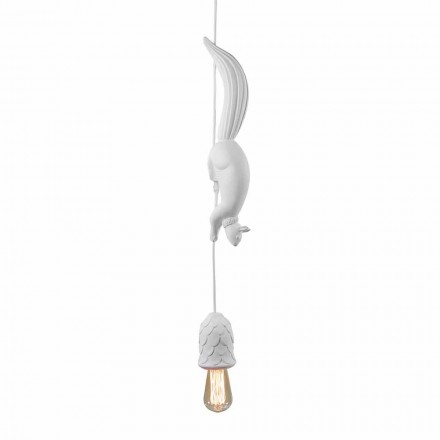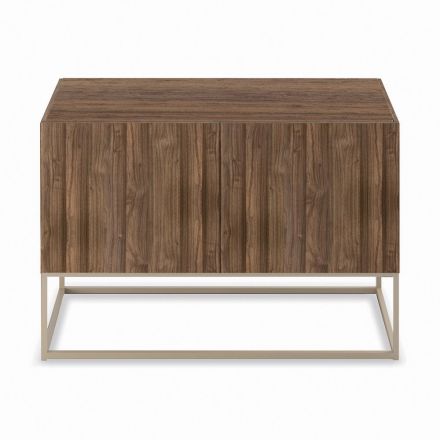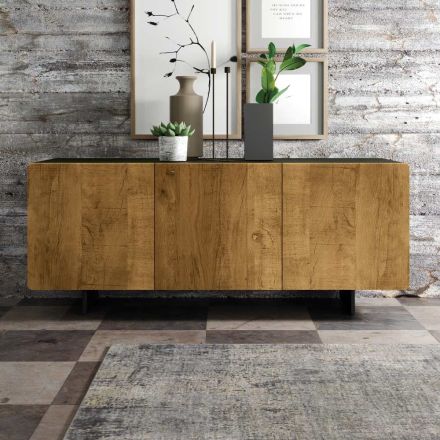Exploring Biophilic Design: Wellbeing, Interior Design and Nature
The evolution of interior design is a fascinating journey through the various facets of the human being and his co
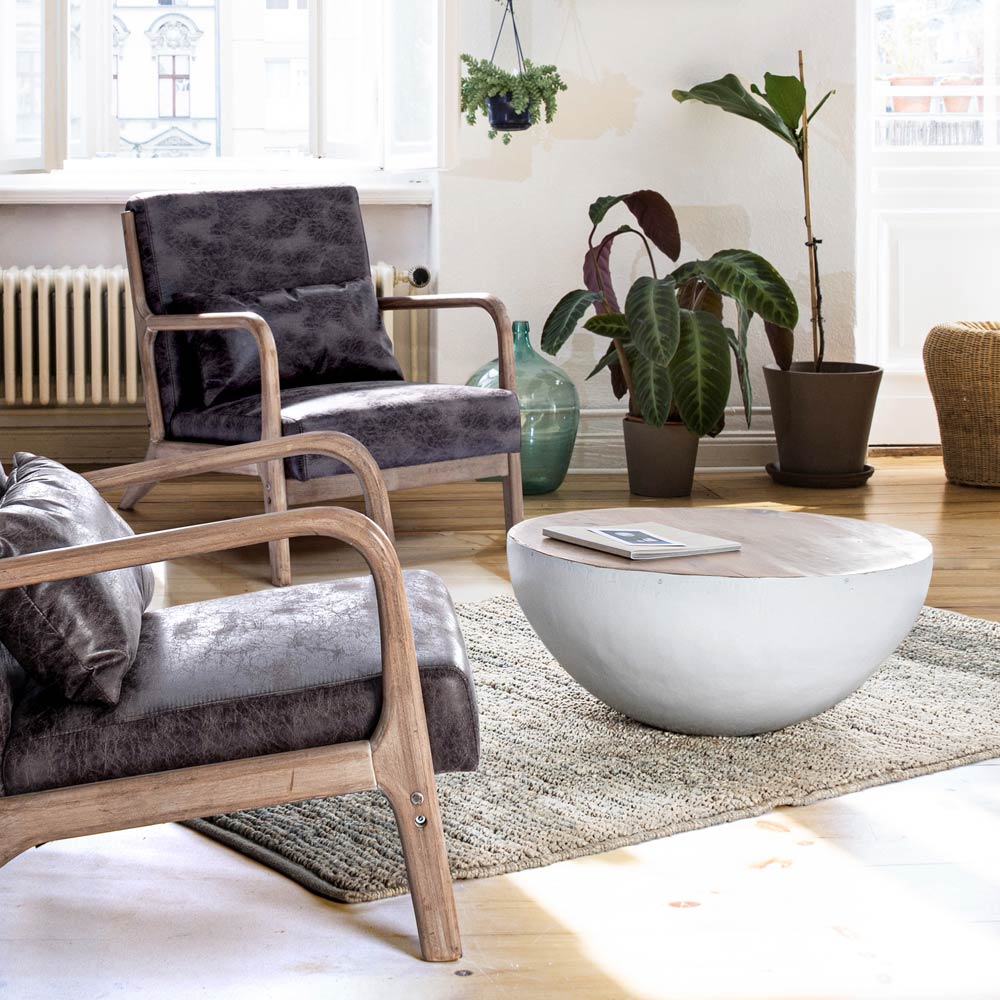
current growth process. Recently, despite our remarkable ability to adapt, we have witnessed a
return to the origins, a sort of primordial call to
connect with nature and our roots. This phenomenon, which has its roots in the frenzy of city life, has revealed the vital importance of contact with the natural world for our well-being.
It is precisely in response to this growing need for harmony that
Biophilic Design took shape, an innovative approach that offers people the opportunity to maintain a connection with nature even within an urban environment. This revolutionary approach is based on the synergistic integration of natural elements in living and working spaces, combining the aesthetics of nature with the functionality of built environments.
The Science and History of Biophilic Design
Biophilic Design, a term that originates from "
Biophilia" coined by
Erich Fromm, famous German psychoanalyst, reflects man's innate emotional bond with life and surrounding nature. With the suffix "
-philia" which evokes positive emotions towards the natural world, this innovative design approach places the
essential connection between
man and the surrounding environment at the center, transforming the places where we spend most of our time into compelling and harmonious spaces.
If we look at history, the
first example of
biophilic architecture dates back to 590 BC, when the Babylonian king
Nabucodonosor commissioned the construction of the
Hanging Gardens in ancient Babylon. These gardens, celebrated as one of the
seven wonders of the ancient world, represent one of the first examples of biophilic design.
The foundations on which this innovative approach is based are not only empirical in nature, but also scientific. An ever-increasing number of
neuroscientific studies explore the importance of the
connection between humans and nature. Scientific evidence indicates that exposure to nature
reduces stress, improves mood, quality of life and productivity. Interacting with the natural world induces a
sense of relaxation, reduces heart rate, and
increases creativity and collaboration.
Creating a Biophilic Environment: Tools and Techniques
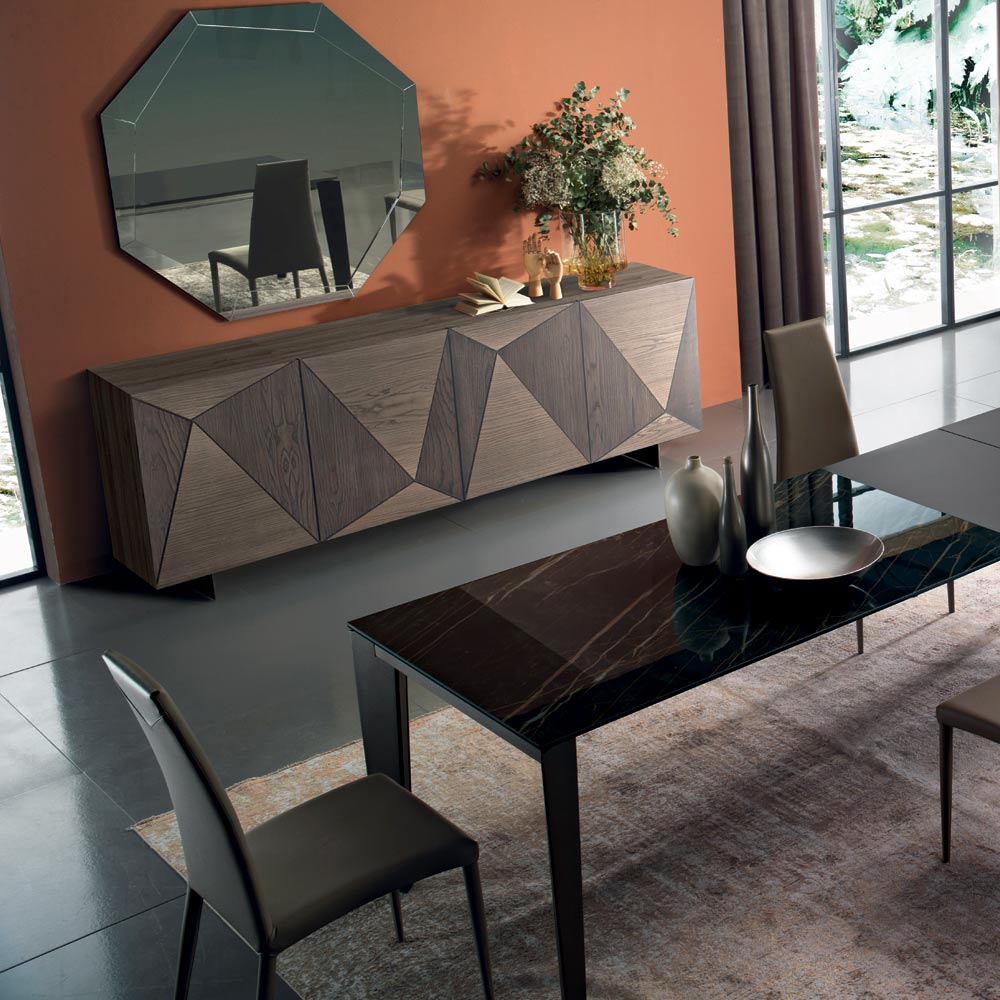
Common tools in this design approach include
direct elements, such as
plants and water, and
natural materials. Some of the most used are:
-
Integration of natural elements both inside and outside buildings, such as balconies and terraces. A notable example is the
vertical forest of Milan.
-
Preference for open spaces with large openings, such as
windows or glass windows, to allow natural sunlight to enter and offer
panoramic views of natural landscapes.
- Choice of
colors that recall the
shades found
in nature, such as
olive green and
yellow ocher.
- Introducing
sensory elements into environments that recall nature, such as the sound of water flowing over natural river stone fountains or scents that evoke the sea breeze or the scents of forests using stick diffusers.
- Use of completely
natural materials for furnishings, such as
wood, marble or
linen for the laundry
Viadurini Recommends: For your living area, imagine next to the "
Scoiattolo"
lamp ,
, a “Spassoso”
sofa that invites you to relax and have fun. On the wall a “
Trimo”
painting that captures the changing essence of nature in every detail. An “ Arne ” sideboard that contains the harmony of natural elements with a touch of modernity. And next to the sofa, a "
Salerno 2" coffee table which integrates perfectly with the rustic-chic style of the environment. For the sleeping area, choose the "
Leilo"
bed which gently welcomes dreams wrapped in tranquility of nature. And finally, suitable for every room in the house, the
"Naturae" radiator which gives warmth and comfort, enveloping you in an embrace of serenity.
With this unique combination of furniture and lighting, transform your home in full Biophilic Design style.
 current growth process. Recently, despite our remarkable ability to adapt, we have witnessed a return to the origins, a sort of primordial call to connect with nature and our roots. This phenomenon, which has its roots in the frenzy of city life, has revealed the vital importance of contact with the natural world for our well-being.
current growth process. Recently, despite our remarkable ability to adapt, we have witnessed a return to the origins, a sort of primordial call to connect with nature and our roots. This phenomenon, which has its roots in the frenzy of city life, has revealed the vital importance of contact with the natural world for our well-being. Common tools in this design approach include direct elements, such as plants and water, and natural materials. Some of the most used are:
Common tools in this design approach include direct elements, such as plants and water, and natural materials. Some of the most used are: , a “Spassoso” sofa that invites you to relax and have fun. On the wall a “Trimo” painting that captures the changing essence of nature in every detail. An “ Arne ” sideboard that contains the harmony of natural elements with a touch of modernity. And next to the sofa, a "Salerno 2" coffee table which integrates perfectly with the rustic-chic style of the environment. For the sleeping area, choose the "Leilo" bed which gently welcomes dreams wrapped in tranquility of nature. And finally, suitable for every room in the house, the "Naturae" radiator which gives warmth and comfort, enveloping you in an embrace of serenity.
, a “Spassoso” sofa that invites you to relax and have fun. On the wall a “Trimo” painting that captures the changing essence of nature in every detail. An “ Arne ” sideboard that contains the harmony of natural elements with a touch of modernity. And next to the sofa, a "Salerno 2" coffee table which integrates perfectly with the rustic-chic style of the environment. For the sleeping area, choose the "Leilo" bed which gently welcomes dreams wrapped in tranquility of nature. And finally, suitable for every room in the house, the "Naturae" radiator which gives warmth and comfort, enveloping you in an embrace of serenity.
